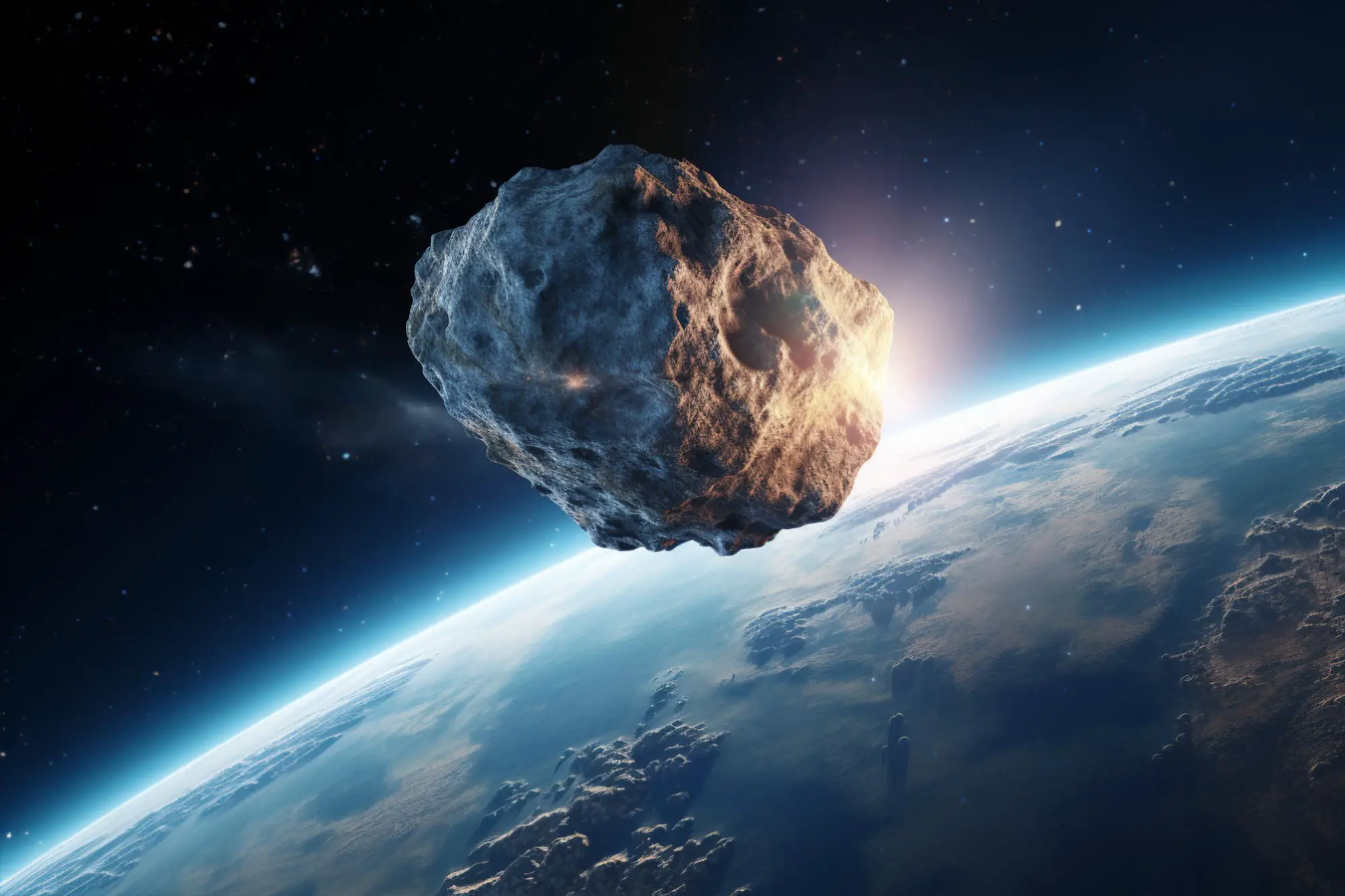By: Aurora He
In the ever-evolving world of technologies, a remarkable invention has emerged, holding the potential to rewrite the whole industry of planetary defense. HelioLinc3D is a virtual collaboration platform that could play a vital role in safeguarding our planet from the threat of asteroid strikes.
In a world where technology’s promises often seem larger than life, HelioLinc3D stands out as a real-world application with astronomical implications. The lines of code within HelioLinc3D control the telescope’s movements as it sweeps the cosmos, identifying space rocks that might pose a danger to Earth. The platform’s algorithms scan for suspicious and swift-moving objects, including asteroids, that could potentially harm the planet.
Remarkably, HelioLinc3D has already detected a near-Earth asteroid that was missed by previous surveys. Drawing insights from the NASA-funded ATLAS (Asteroid Terrestrial-impact Last Alert System) survey, the new program spotted an imposing asteroid, which measured a dangerous 600 feet in length. The discovery is significant because this asteroid could destroy a major city if it hit the planet.
What sets HelioLinc3D apart from other ________ is its tailored design for the Vera C. Rubin Observatory in Chile. With its expansive mirror, colossal camera, and extensive perspective, this observatory can view the night sky in unprecedented detail. HelioLinc3D complements this feature by enabling the observatory to scan the sky each night, revealing occurring objects, including potentially hazardous asteroids.
“The discovery of 2022 SF289 is the proof,” affirmed Ari Heinze, the chief architect of HelioLinc3D and a researcher at the University of Washington.
So far, astronomers worldwide have successfully identified over 32,000 near-Earth asteroids. Notably, larger asteroids capable of creating catastrophic effects have been easier to detect due to how their reflective surfaces catch sunlight. However, darker asteroids that possess the potential to cause widespread destruction have posed a more significant challenge.
Approximately 10,500 such asteroids have been discovered, only a small part of the estimated total.
As the Rubin Observatory prepares for its upcoming ten-year celestial survey in 2025, its tools are prepared to uncover even the most elusive nearby asteroids, ones that could potentially threaten highly populated areas. Teaming up with HelioLinc3D, it’s much easier to accomplish this goal. Now it requires only two images per night, distributed over three separate occasions, to determine the existence of an asteroid.
“We went from one known asteroid to a million in about 200 years. Depending on our starting point, we could double that number in three to six months,” remarked Mario Jurić, a leading astronomer at the University of Washington and head of the HelioLinc3D project.
In the unfolding narrative of cosmic exploration, HelioLinc3D slowly bridges the gap between humanity and the mysteries of the universe. As the world approaches the sky, this platform is ready to redefine the frontiers of planet defense and cosmic exploration.











